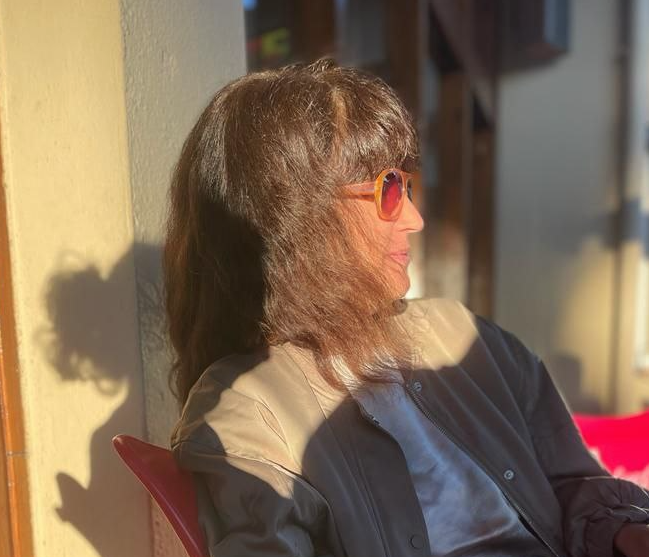Search
To search for an exact match, type the word or phrase you want in quotation marks.
A*DESK has been offering since 2002 contents about criticism and contemporary art. A*DESK has become consolidated thanks to all those who have believed in the project, all those who have followed us, debating, participating and collaborating. Many people have collaborated with A*DESK, and continue to do so. Their efforts, knowledge and belief in the project are what make it grow internationally. At A*DESK we have also generated work for over one hundred professionals in culture, from small collaborations with reviews and classes, to more prolonged and intense collaborations.
At A*DESK we believe in the need for free and universal access to culture and knowledge. We want to carry on being independent, remaining open to more ideas and opinions. If you believe in A*DESK, we need your backing to be able to continue. You can now participate in the project by supporting it. You can choose how much you want to contribute to the project.
You can decide how much you want to bring to the project.

The articles that make up this issue respond to a need to think about bodies from a perspective of diversity that puts productivity and the obligation to be profitable and to perform certain skills into question. Bodies are forced to be able-bodies. What is called ableism is, thus, allied with capitalism. Understanding bodies from the perspective of the dis-abled puts the capitalist framework into question, as well as revealing privileges of one over the other. What’s more, diverse bodies invite us to imagine what is beyond human, not how to overcome or improve it but, on the contrary, to transcend standards and norms.
For some decades, cultural studies of disability have been allied to activism, art and the academia and, recently, thanks to the translation into Spanish of some key texts and the activity of some artists, those of us in Spain can now have access to a certain overview of the so-called crippled or crip culture in our environment. The articles in this issue show some of these practices carried out in different areas. Antonio Centeno writes about collective creation, and the celebration of diversity and queerness through the Diversorium. Francisco Díaz and Camila René Maggi research and generate collective methodologies to imagine diversity that goes beyond what is human, conceiving a body linked to the community. Laura Sanmiquel-Molinero, Andrea García-Santesmases Fernández and Elena Prous talk about the performance Aguanta tú si puedes (You can hold it in, so do it), included in the recent Fundación Once Art Biennial, a work in which vulnerability and desire meet. Lastly, Júlia Ayerbe discusses Nacho, a disab activist with reduced mobility who uploaded a video onto social media in which he records himself while getting dressed. Nacho shows this daily act in which he takes more time to complete than anyone else. As a posthumous tribute to Nacho, Júlia writes a text that accompanies the video where she reflects on the strategies and alliances that are created for bodies that can’t reach out. “How many bodies do not arrive but still reach out?”. We are left with this question from Júlia Ayerbe and we invite you to read the four articles in this issue dedicated to Disab Culture.
[Featured Image: Frame of the video Below, by Lisa Bufano]

Elena Fraj Herranz @jele. Professor in the Department of Visual Arts and Design at the Faculty of Fine Arts (Universitat de Barcelona). Degree in Fine Arts (UB 2001), PhD in Audiovisual Communication (UAB 2015). I work in the field of visual studies in relation to activist art, media culture, humor and representations of gender and class. The projects I’m currently working on are Rodillo, No nos veréis llorar and Històries del punt. I write in bursts and I’m 35% crippled.
"A desk is a dangerous place from which to watch the world" (John Le Carré)